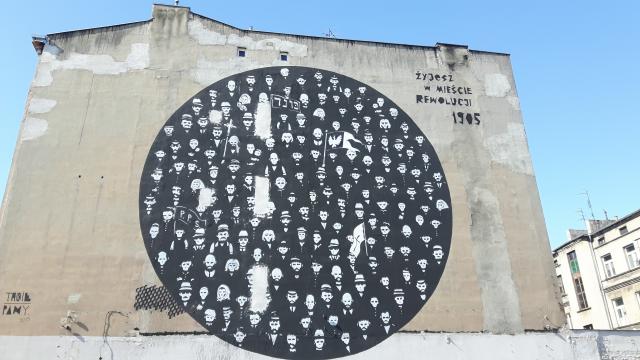

The journey itself could last even a fortnight. Afterwards they walked to gathering points from which they were transported west by train. At dawn the inhabitants were told that they had 2-3 hours to collect a limited number of their belongings and livestock. Chosen villages were surrounded by soldiers and militiamen during the night.

Relocations within the operation "Vistula" followed one established sequence. Behind barbed wires were imprisoned not only UPA members but also other people who happened to be arrested during the relocations, including children, priests and members of intelligentsia. The most infamous was the Central Labour Camp located in Jaworzno, on the former premises of KL Auschwitz-Birkenau. Suspected members of UPA or the Organisation of Ukrainian Nationalists (OUN) were sent to camps even before the operation had officially started. At first the operation was codenamed "East" (Polish: Wschód), but later renamed to "Vistula" (Polish: Wisła). One month later the Central Committee of the Polish Workers' Party decided to start the resettlements on 28 April. He was claimed to be shot by UPA in an ambush in Bieszczady mountains. The authorities' actual aim was mostly to enforce assimilation of the Ukrainian minority by creating a rupture within the autochthonic communities.ĭirect pretext for the operation was the murder of general Karol Świerczewski, the Deputy Defense Minister on 28 March. Nevertheless, the region whose Ukrainian inhabitants were destined for deportation was bigger than the area influenced by the UPA's activity. Officially, the main goal of the relocation was to protect civilians by toppling the Ukrainian Insurgent Army (UPA).

The deportations affected also Lemkos and Boykos communities who also lived in the area. In 1947 Polish communist authorities decided to forcefully relocate Ukrainian inhabitants of three voivodships (Krakowskie, Lubelskie and Rzeszowskie) to the so-called Recovered Territories (Polish: Ziemie Odzyskane lands which belonged to pre-war Germany but became part of Poland after the Second World War). One of the groups influenced by the resettlements was the Ukrainian minority living in the South and South-Eastern parts of the post-war Poland. Its consequences are still visible today.Īfter the Second World War mass deportations of civilians were a common phenomenon. The resettlement of almost 150 thousand Ukrainians, as well as Boykos and Lemkos, started on 28 April 1947.


 0 kommentar(er)
0 kommentar(er)
